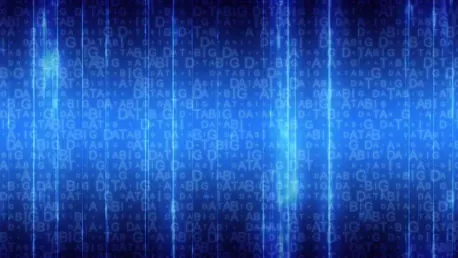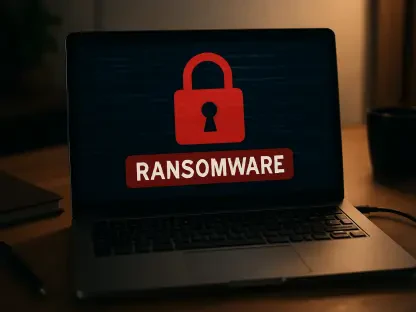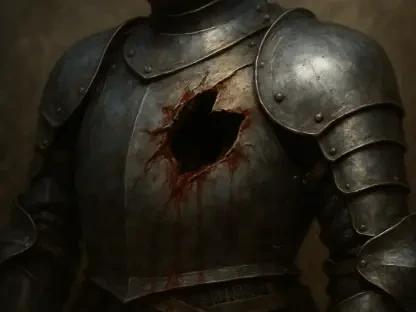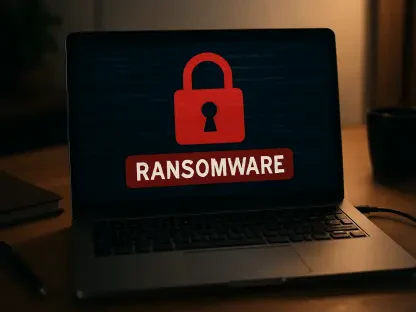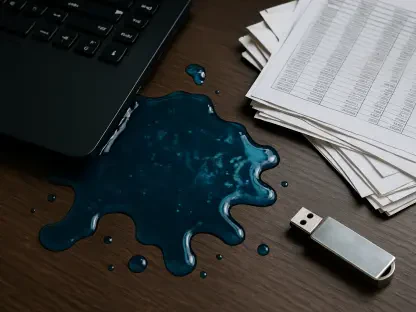When it comes to safeguarding our digital data, backing up is an essential practice, and for many, it brings peace of mind knowing there’s a fallback option. Among the myriad of backup solutions available, DriveImage XML has long been a steadfast, albeit somewhat dated, option for tech-savvy users and those with simpler backup needs. This software, which primarily captures and restores drive images and partitions, has maintained a niche following due to its straightforward operation, small download size, and free availability. However, in a landscape dominated by more advanced and user-friendly tools, DriveImage XML’s limitations become more evident. This review delves into the characteristic strengths and weaknesses of DriveImage XML, examining its utility, performance, and how it stacks up against modern alternatives.
Key Features and Functional Capabilities
DriveImage XML’s primary function is to create image files from drives and partitions, encoding crucial header information in an XML format. This choice of XML (eXtensible Markup Language) brings with it the capabilities to split images into multiple files, making it particularly useful for archiving data across various media forms. This feature was especially beneficial when optical discs were still prevalent, allowing for manageable chunks of data to be stored securely. Reflecting its era of creation, simplicity and a modest 2MB download size were major advantages, catering to users who valued a lean, efficient program.
Moreover, despite its lean nature, DriveImage XML incorporates a browser feature that stands the test of time, enabling users to easily access and restore individual files from backups. This capability remains effective with newer GPT (GUID Partition Table) disks, although it does operate beyond the software’s optimal support window. Unfortunately, the software’s more intensive tasks, such as full disk restores and cloning, do not extend to GPT disks, thereby limiting its utility when dealing with modern storage systems. Users with GPT disks may find that while they can back up, the restoration process is not as straightforward, leading to potential challenges and limitations.
User Experience and Performance Insights
The DriveImage XML interface exudes a vintage charm, characterized by its stripped-down design that omits the modern aesthetic and conveniences users have come to expect from current software. Unlike contemporary solutions that often include incremental and differential backup options, notifications, scheduling, and advanced automation, DriveImage XML requires users to initiate and manage operations manually. While some users might find this manual approach refreshing and transparent, it demands a higher level of engagement in the backup process, which could be a deterrent for those who prefer automation.
In terms of performance, DriveImage XML has long demonstrated solid reliability with MBR (Master Boot Record) disks, facilitating backups and file restorations effectively and without significant issues. The tried-and-true consistency observed with conventional disk setups underscores its dependability, although this reliability wanes considerably with newer GPT disks. The review notes that while creating backups on GPT disks is possible, efforts to restore full images or perform drive-to-drive copying often fail. This limitation significantly curtails its effectiveness for users who primarily use modern computing environments. One workaround is converting GPT disks to MBR using Windows Disk Management, though this approach eliminates existing partitions, posing a substantial inconvenience.
Trends and Competitive Landscape
Evaluating DriveImage XML necessitates an understanding of the broader context of disk imaging and backup solutions. Modern programs have far surpassed the foundational capabilities of DriveImage XML, offering comprehensive support for GPT disks and implementing sophisticated backup strategies including incremental and differential backups. Enhanced user interfaces and automated features further streamline the user experience, moving beyond the manual operations that characterize DriveImage XML. For users with expansive storage needs and a preference for modern conveniences, DriveImage XML likely falls short of expectations.
Despite these advancements, there remains a subset of users for whom DriveImage XML’s characteristics hold appeal. Individuals with smaller, MBR-partitioned disks or those who appreciate minimalistic, low-complexity software might still find it beneficial. DriveImage XML’s ability to create easily manageable image files that can be distributed across various storage media—an attribute birthed from its era when sizable optical disc collections were common—retains relevance in certain scenarios.
Performance Metrics and Comparisons
The DriveImage XML interface has a vintage appeal, with a minimalist design that lacks the modern look and conveniences users often expect in today’s software. Unlike contemporary tools that offer incremental and differential backups, notifications, scheduling, and advanced automation, DriveImage XML relies on users to start and manage tasks manually. Some users may appreciate this straightforward approach, but it demands a significant level of involvement in the backup process, which could be a drawback for those who prefer automated solutions.
Performance-wise, DriveImage XML has shown reliable results with MBR (Master Boot Record) disks, handling backups and file restorations effectively and without major issues. Its consistent performance with traditional disk setups highlights its dependability, but this reliability drops significantly when dealing with newer GPT disks. While backups on GPT disks are possible, restoring full images or performing drive-to-drive copying often fails. This limitation reduces its utility for users in modern computing environments. A workaround is to convert GPT disks to MBR using Windows Disk Management, but this process removes existing partitions, causing considerable inconvenience.
